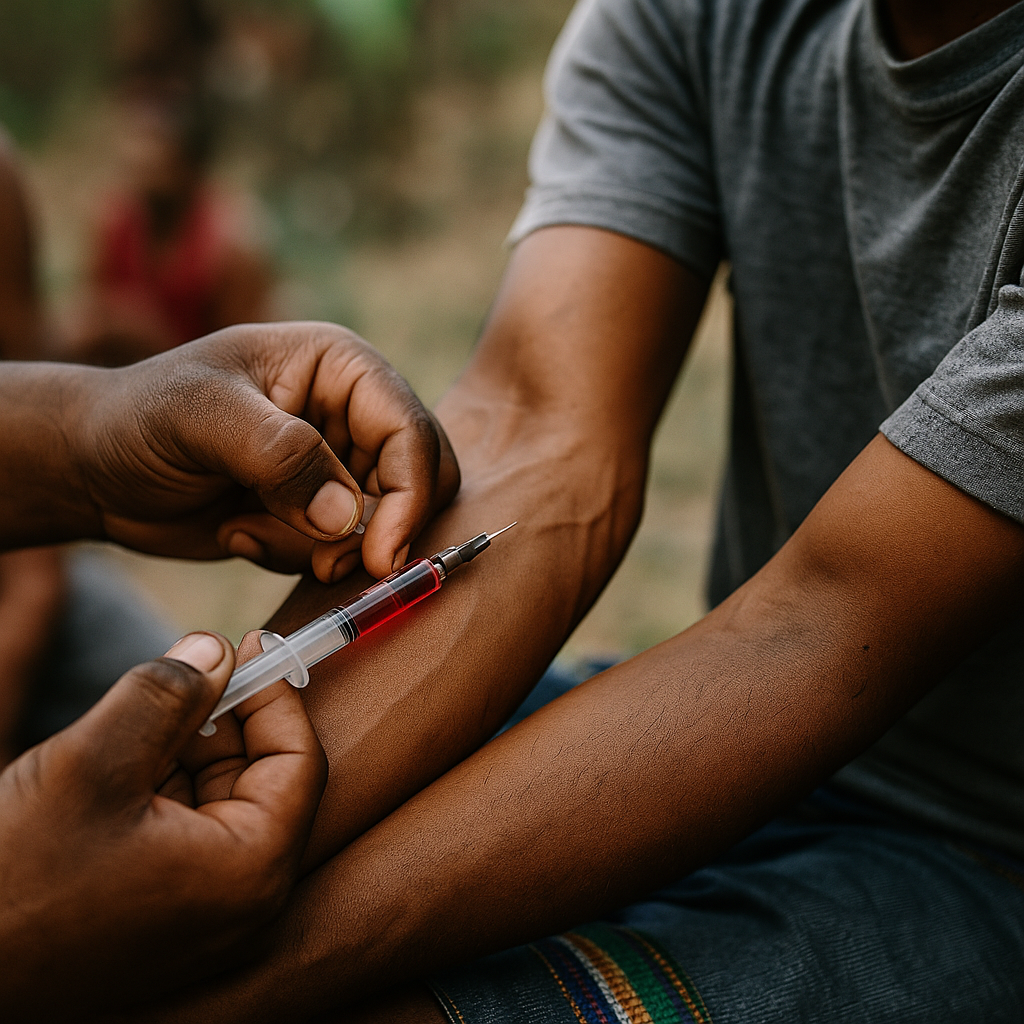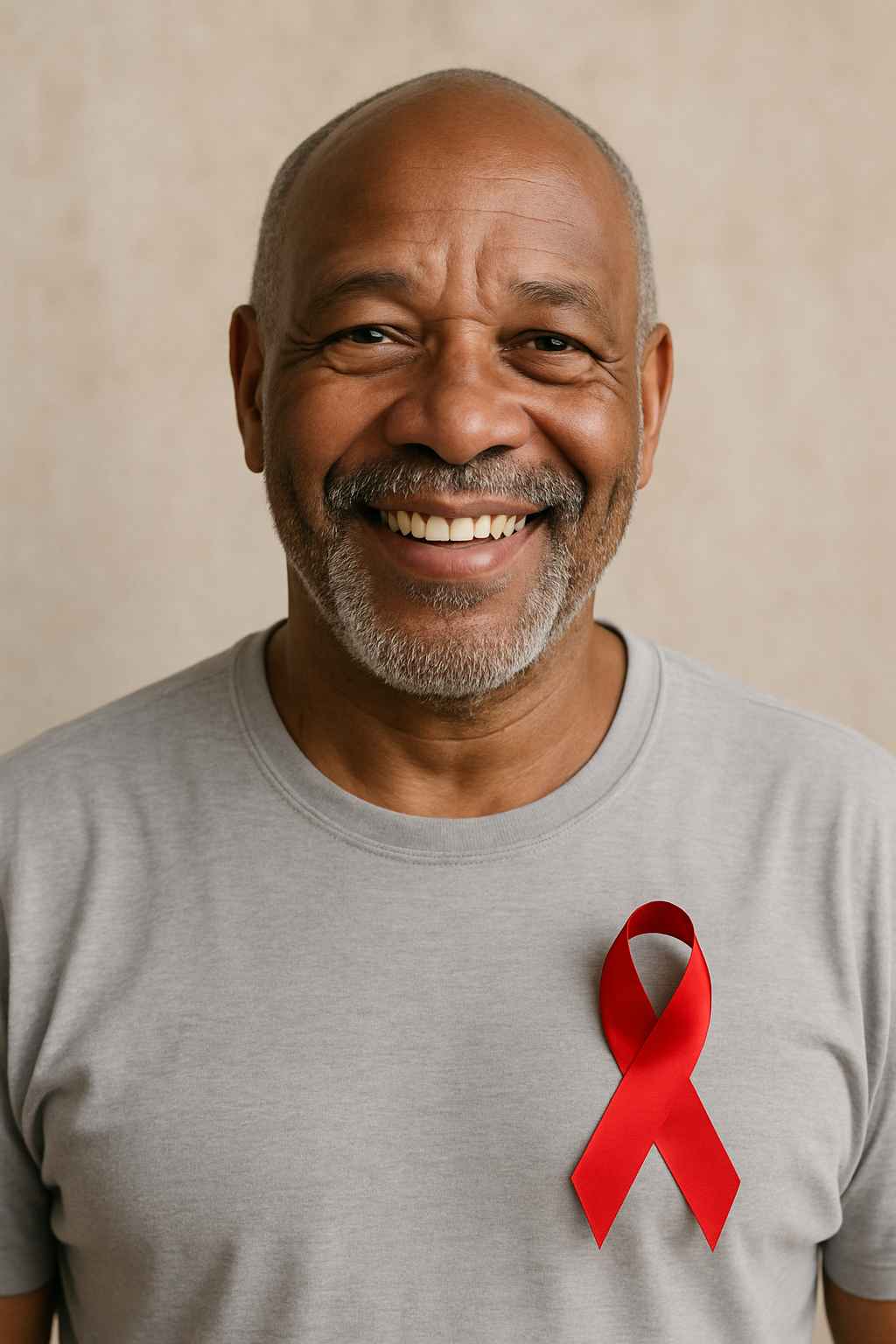
What happens when people believe HIV is no longer a threat? In 2025, this question matters more than ever. Despite significant medical advancements and increased global awareness, misinformation and stigma about HIV continue to spread. That’s why HIV education remains a cornerstone in the fight against the epidemic.
Today’s public health landscape looks very different than it did in the 1980s. Antiretroviral therapies (ART), pre-exposure prophylaxis (PrEP), and viral suppression campaigns have transformed how we view and manage HIV. But education is still the tool that empowers individuals to protect themselves, understand their options, and eliminate stigma. Without it, progress slows—and new challenges arise.
This article breaks down why HIV education must remain a priority, what modern strategies look like, and how we can ensure no one is left behind in the information gap.
Table of Contents
- The Evolution of HIV Awareness
- The Role of HIV Education in 2025
- New Tools, Same Mission: Adapting Education for Modern Needs
- Addressing Stigma and Misconceptions
- Final Thoughts
- FAQs
The Evolution of HIV Awareness
In the early days of the epidemic, public perception of HIV was shaped by fear and uncertainty. Back then, awareness campaigns focused on the basics: transmission, prevention, and safe sex practices. Over time, as research advanced and treatments like Truvada and Biktarvy became available, the message evolved.
By the mid-2000s, more emphasis was placed on early testing, treatment access, and support services. Now in 2025, science has reached a point where an HIV-positive individual with an undetectable viral load cannot transmit the virus to others. The concept of “U=U” (Undetectable = Untransmittable) is widely accepted among healthcare professionals, but not always understood by the general public.
Although infection rates have declined in many countries, complacency poses a threat. Misconceptions persist, particularly among younger generations who didn’t live through the crisis years. Without consistent HIV education, society risks reversing years of progress.
For communities seeking ongoing dialogue and accurate peer-led discussions, platforms like Health.HealingWell.com offer valuable forums and resources.
The Role of HIV Education in 2025
In 2025, HIV education is no longer about just avoiding transmission. It’s about empowering individuals to navigate an increasingly complex health environment. This includes understanding the latest treatment options, knowing where to access care, and confronting the social realities of living with the virus.
HIV education now covers more ground than ever before. Topics include:
- The effectiveness and availability of PrEP and PEP (post-exposure prophylaxis)
- How ART regimens like Dovato or Genvoya support viral suppression
- Strategies for safe disclosure and maintaining mental health
- Preventing co-infections such as hepatitis B or HPV
- Accessing community resources and health insurance navigation
Additionally, education is essential in dismantling myths. Many people still believe HIV is a “death sentence” or only affects certain populations. These outdated beliefs contribute to silence, shame, and poor health outcomes.
Educators, healthcare providers, and advocates must meet people where they are—whether that’s in classrooms, clinics, or online communities. And because stigma thrives on silence, continuous conversation is key.
New Tools, Same Mission: Adapting Education for Modern Needs
Technology has radically changed how people receive and process information. In response, HIV educators are embracing digital platforms, apps, and virtual care tools to reach broader audiences.
Mobile apps like MyHIVCare offer medication reminders and lab result tracking. Social media campaigns provide bite-sized facts and counter myths in real time. Virtual webinars and telehealth have removed barriers to care for many, especially in rural or underserved communities.
Schools and universities are also updating their health curriculums. While abstinence-only education has declined, some areas still limit access to accurate information. In those cases, external organizations are stepping in to offer inclusive, medically sound materials.
Moreover, HIV education must be culturally competent. Language, cultural norms, and historical mistrust of medical institutions must be considered when designing outreach programs. Tailoring messages to reflect diverse identities—including race, gender identity, and sexual orientation—is not optional, it’s essential.
Clinics and digital platforms like Healthcare.pro can support educators and patients by connecting them to HIV-informed professionals and local resources.
Addressing Stigma and Misconceptions
One of the most persistent barriers to HIV awareness is stigma. Even in 2025, individuals living with HIV face discrimination in employment, healthcare, and personal relationships. These attitudes discourage people from seeking testing, starting treatment, or discussing their status openly.
Education is the strongest weapon against this stigma. When people learn that HIV is a manageable condition and that undetectable individuals cannot transmit the virus, fear loses its grip. However, for that shift to happen, the truth must be repeated—often and loudly.
Community-led initiatives play a big role here. People are more likely to trust information from those with shared experiences. Peer educators, influencers, and local advocates serve as bridges between healthcare systems and marginalized populations.
Additionally, training healthcare professionals to respond without bias is crucial. An educated provider can make the difference between a patient returning for care or falling through the cracks.
Resources like Health.HealingWell.com provide safe spaces for both learning and sharing—proving that when people feel supported, they engage more fully in their health journey.
Final Thoughts
In 2025, the world has more tools than ever before to prevent, treat, and understand HIV. But tools mean little without education. That’s why HIV education remains a foundational element of public health, particularly as misinformation spreads rapidly in the digital age.
Whether it’s dispelling outdated myths, introducing new prevention options, or helping someone feel seen and heard, education is empowerment. And empowerment saves lives.
Now more than ever, it’s time to recommit to the mission. Because the conversation about HIV is far from over—and the lives we change depend on what we do next.
FAQs
Why is HIV education still important in 2025?
Despite medical advancements, stigma and misinformation persist. Education helps people access care, prevent transmission, and fight discrimination.
What topics should HIV education include today?
It should cover prevention (like PrEP and PEP), treatment options, mental health support, stigma reduction, and current facts about transmission.
Can HIV be cured?
While no functional cure exists, treatments like ART can suppress the virus to undetectable levels, allowing people to live long and healthy lives.
Where can I find trusted resources for HIV education?
Websites like Health.HealingWell.com and Healthcare.pro offer expert insights and community support.
Is HIV still a public health threat?
Yes. While fewer people are dying from HIV-related complications, the virus still spreads—especially when awareness and education decline.
Disclaimer:
This content is not medical advice. For any health issues, always consult a healthcare professional. In an emergency, call 911 or your local emergency services.



